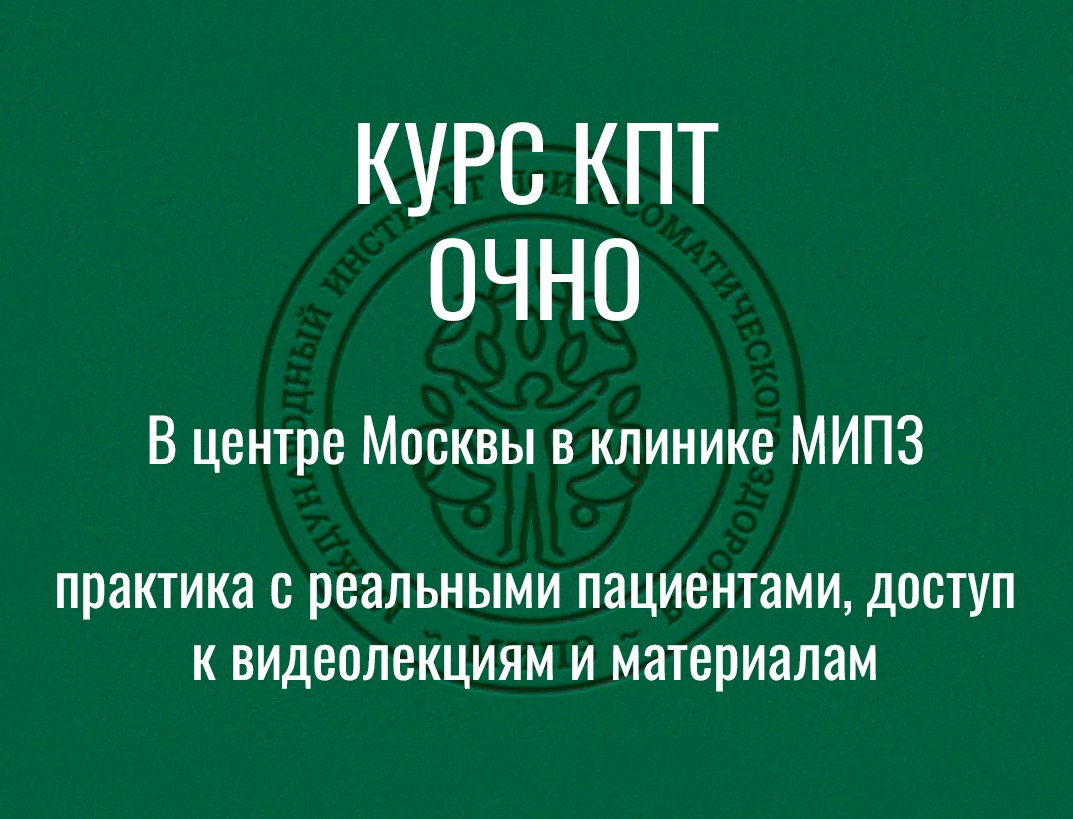This behaviour pattern is wide-spread among the orphanage children when they feel abandoned, but in normal development it can be observed earlier, during the last quarter of the first year of life. As is well known from psychoanalytical and psychological studies of early development from Spitz (1946) onwards, this age is characterised by the maximum intensity of babies’ grief reactions when they are separated from their mothers and, consequently, by the basic formation of attachment relationships (Ainsworth). The orphanage babies, though they were not at these moments experiencing the loss of a beloved mother, still reacted with deep disappointment to the absence of close, trustworthy contact with an adult — a vitally important experience of which they may have had an evolutionarily-based expectation.
Once Serioja had discovered the possibility of relaxing and being comforted on the adult’s lap, he at once gave up his previous habit of seeking support from inanimate objects. In the past, he had sought out a safe, stable position that was distanced from adults in some way. Now, he strove to eliminate any physical barriers that prevented him from moving freely under the adult’s protective ‘umbrella’, and would climb over the railing of his cot to run to his carers.
From this point onwards, Serioja began to use regularly those objects which mediated his contact with adults. His treatment of these objects reflected the emotional state he experienced in his contact with me: he used the object to express his feelings symbolically — admiration, possessiveness, disappointment, anger, longing—unless he felt secure enough to express feelings direcdy towards me.
During this period, we began to combine participant observation with individual play sessions for Serioja. These sessions greatly helped him to accumulate good emotional experience in his internal world. Such internal accumulation can be understood in terms of the mechanism of introjection discussed by Melanie Klein. It can also be described in terms of Vygotsky’s mechanism of interiorisation, whereby the baby’s shared activity with the mother is transformed into an inner state which constitutes the earliest form of the self (Vygotsky 1932).
Conclusion
To conclude, I wish to stress the following results obtained by the combination of the ethological approach with Esther Bick’s method of infant observation:
Children with autistic-like difficulties in the second year of life can be considerably helped. The early ‘distorted’ channelling of development which can result in a picture of infantile autism may be prevented or compensated if a sufficiently secure attachment is formed. The sequence of events in the formation of this attachment is the opposite of the normal sequence, proceeding from more distant to more proximal patterns of relating, and takes place at a later period than is the norm. However, its quality progressively develops from ambivalence towards greater security.
The primary deficit (the painful quality of a close emotional contact with an adult) can be compensated under the following conditions:
1. the child’s desire for a live contact must be discovered and actively supported by the adult, even if it is at first expressed in a very confused way;
2. safe areas must be found where a live contact can be free of pain. Within these, important learning can take place about such things as imitation, joint attention, and pointing gestures in relation to other children and in play with objects;
3. the child’s sensitivity to the pain of emotional contact may be lowered by very gradually and delicately providing him with good emotional experiences in doses he can tolerate;
4. the child’s initial tendency to rely more on the holding qualities of the inanimate environment can be made use of in the early stages of the child’s recovery: it can make him feel safe enough to allow simultaneous communication with an adult, which leads to the growth of security based on human relationships.
Acnowledgements
I would like to thank Alex Dubinsky who undertook the work of critically reading this paper and helped me with translating and editing, and my husband, Nikolai Bardyshevsky, for their great support.
development – previous





.jpg)
.jpg)
.jpg)
















